The Importance of Siding: Exploring the Best Home Improvement Choice Discover why siding is a crucial aspect of your home’s well-being and explore the top choice for enhancing your residence….

Ever have trouble finding out what plant would perfectly fit your window? This blog aims to help you out while giving you nontoxic plant options depending on your type of windows and where they are in the home. You and your pet should never ingest a house plant; however, accidents happen and that is why this list is completely non-toxic to pets or humans. As always, research the plant that you wish to get to see if it is the correct fit for you. Some plants require more work than others and even need to be repotted every month. Plants though can be the extra color you need in your home or the air purifier you always wanted.
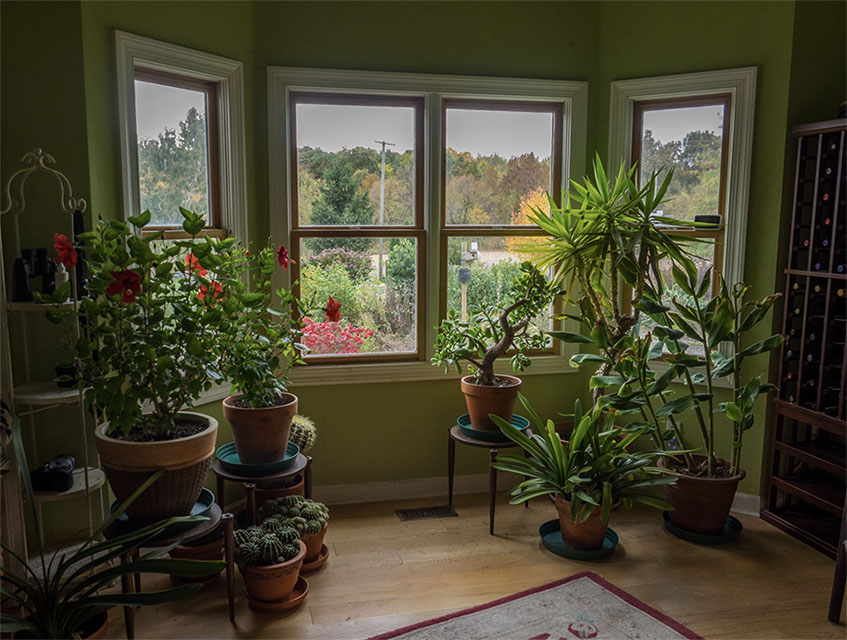
Bay windows are arguably the easiest window to find a plant for due to their large size, flat surface and ample amount of light brought in. Due to their large size, you do not have to worry about the size of your plant too much and can get anything from a tiny succulent to a large palm. Any direct sunlight plant would thrive in this window. Here are some direct sunlight plants to put in your bay window:
The papyrus can grow up to 13-16ft high so be sure you have room in your window or in front of. Indoors the plant is at a medium difficulty to care for but overall is fairly simple. This plant prefers moist if not soaked soil and warm temperatures. It must be potted in a deep pot with at least 3 feet of wet muddy soil to stay upright. It must be fertilized with a balanced liquid fertilizer, diluted by half, every month in spring. To avoid burning the plant, use the solution when watering. During the wintertime, if not enough light is provided you may need to provide an artificial light.

This plant is very easy to take care of and is very forgiving if you mess up. The ponytail palm is actually a part of the succulent family and is neither a palm nor tree. Even if your amount of light provided is not very bright, as it is very forgiving, it is happy with even a small amount of direct sun a day. The ponytail palm, as most succulents do, require dry conditions and are best if you constantly forget to water your plants. Make sure to allow the soil to dry out completely before watering. When you repot you plant as it grows, make sure the new pot is only an inch or two bigger than the last or it will get too much water at once.
Tip: Use a clay or terracotta pot to wick away any extra water and be sure there are draining holes at the bottom.
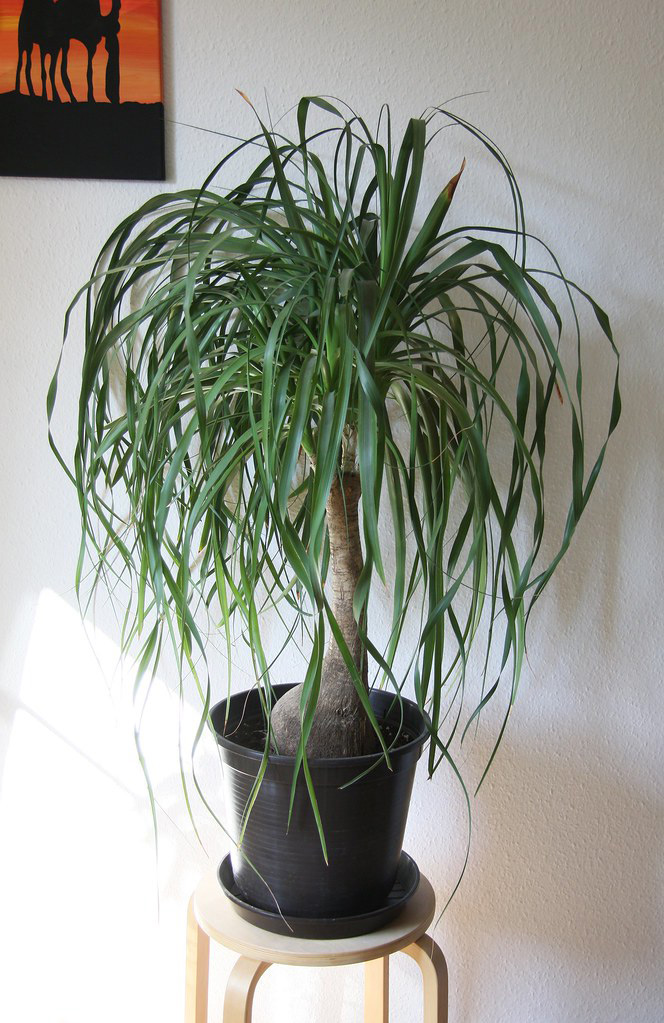
This tropical flower is a beautiful way to add some color to your home and it can stay outside during the summer and brought in during the winter. Hibiscus love temperatures between 60°-90°F and at least six hours of sunlight a day. If it is over 90°F you may want to provide some shade. In warm weather the plant needs daily watering but, in the winter, only needs water when the soil is dry to the touch, over watering during the winter can kill it. During the summer make sure to use a high potassium fertilizer in a diluted liquid form once a week. In the winter fertilizer is not required.
Tip: make sure the pot of your hibiscus has ample drainage.

The areca palm can get up to 6 or 7 feet tall in its mature stage and can handle being trimmed very well. They can live up to 10 years and buying this plant from its adult stage is very expensive. This plant requires bright light but indirect as it can get burned from direct light. These are perfect for the area around your bay window that may be empty and you’re not sure what to put there. In the spring and summer make sure to water enough that the soil is always lightly moist and, in the fall, and winter it is okay for the soil to dry slightly between watering’s.
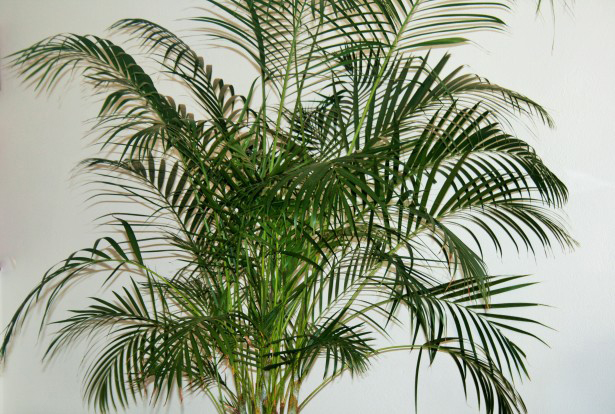
Jasmine has many different varieties, some staying small and some with vining properties getting up to 15ft tall. They like their soil to be well draining and moderately fertile. Overall, they require even moisture and help with any pests. Make sure to research your particular breed of jasmine to provide it with the best care possible.
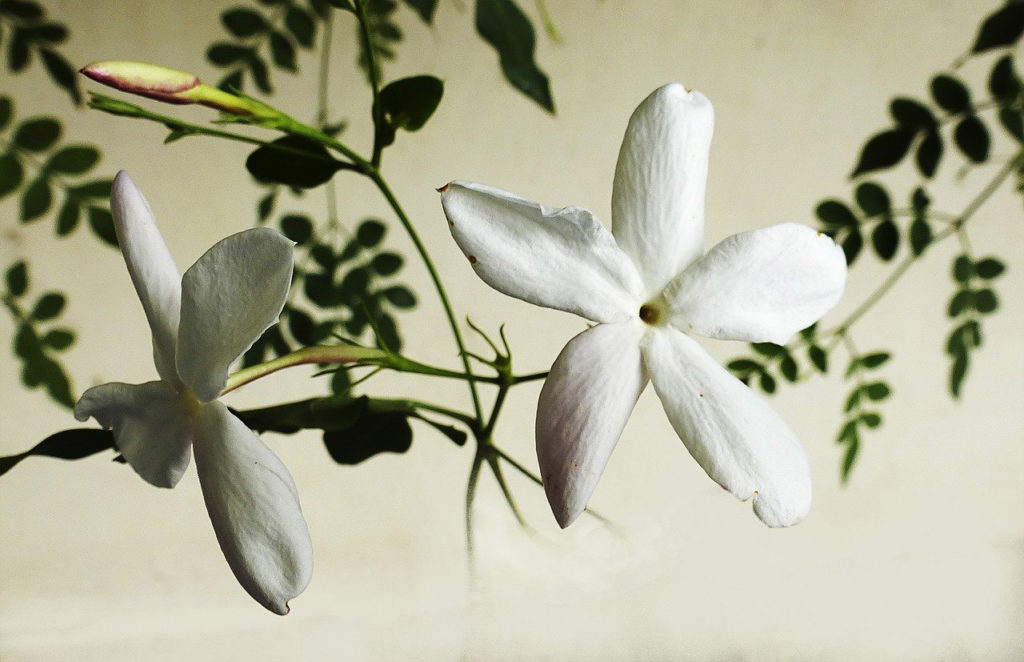
It is always frustrating when your new home has no windowsill for plants, and you can’t change it for monetary reasons or maybe you don’t own your home. No fear, I had this same issue until I remembered hanging plants. Relatively any plant can be hung in an appropriate pot either from the window itself or from the ceiling with a hook. These are some plants that you can hang:
Chinese money plants are a very forgiving plant, and they are very satisfying to watch grow day to day. Though hard to find, once you are able to get your hands on one, they are very easy to care for. They require bright light with no direct light or very little direct light. They like well-draining pots and soils and want the soil to dry out in between watering’s. Droopy leaves are a sign that it needs water.
Tip: rotate your plant once a week to the light source to get even growth on all sides.
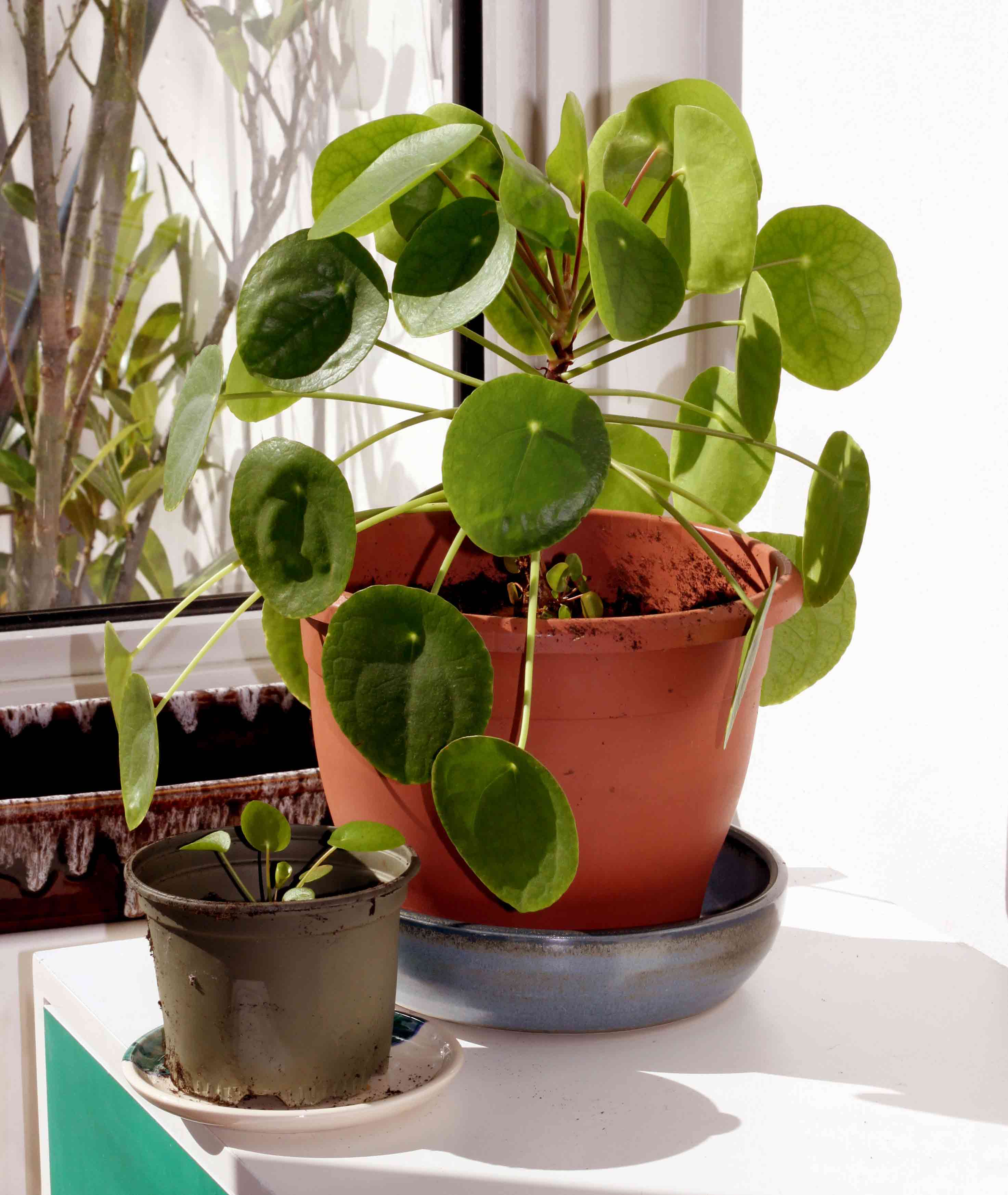
This plant will be okay in lower lights but will bloom more readily if exposed to brighter light but not too much direct light or the leaves will burn. During the winter it requires frequent watering making sure the soil is always slightly moist. Also never let the plant completely dry out or sit in water. Around winter and fall cut back on the watering a bit.

Boston ferns are a bit on the picky side when it comes to their environment, they need a cool place with high humidity and indirect light. They, especially in the winter, require extra humidity. To easily do this you can place the pot on a tray of pebbles filled with water or mist your fern once or twice a week. For watering, Boston ferns require their soil to remain damp and will die if the soil dries out.
Tip: Yellow leaves mean the humidity is not high enough and make sure to watch for pests.

The care for African violets is about medium difficulty but easy once you learn. First and most important is the soil. There are specific mixes for violets, or you can make your own by mixing peat moss, vermiculite, and perlite in equal parts. These plants are picky with their water so make sure to pay attention when watering. Water your plant with lukewarm water that was able to stand for 48 hours, water at the base of the plant and be careful not to get any on the leaves as it can damage them. Water when the soil feels less moist and never let it completely dry out or stand in water. These flowers require bright or medium intensity light but not direct.
Tip: Turn the plant regularly to ensure the flowers to not touch the light.

Swedish ivy can get up to 3ft tall are very easy to care for, and like bright, indirect light. Make sure to keep out of harsh direct light. Keep the soil moist spring to fall and allow soil to dry some in between watering’s in the winter. To keep the plant happy give them a mist from time to time to keep humidity. Fertilize monthly spring through fall with a diluted liquid fertilizer.

Baby’s tears don’t get very tall at 4 inches tall but spread 36 inches or more. They like bright filtered light (make sure it doesn’t sit in the sun for too long) and like a well-draining moist soil. They never like to dry out but, in the winter, will require a little less water. The top of the soil can dry out, but the roots should stay slightly moist. A balanced liquid fertilizer will keep the leaves bright and green.
Tip: Prune to keep up the shape you want!
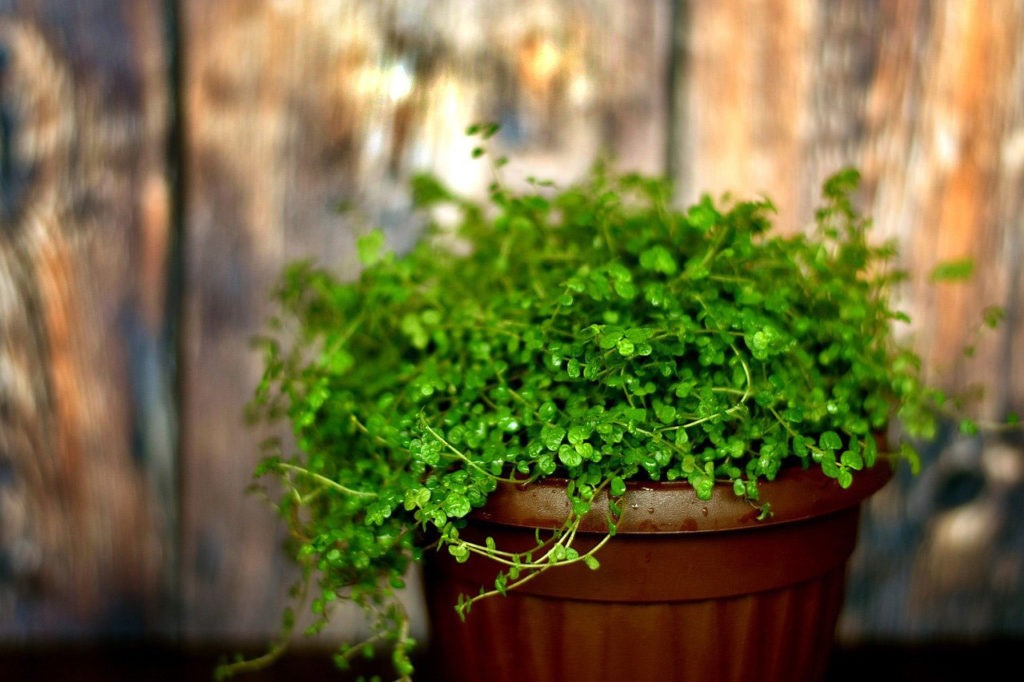
North facing windows tend to be less lit and hard to keep flowers in or any plant that needs direct light, but it is a window that a low light needing plant would strive in. This list can be combined with hanging plants or plants placed on a surface as long as the window does not get that much light during the day. Here are some low light plants to help brighten up the place:
Prayer plants grow to be about 6-12 inches tall and absolutely thrive in partial or full shade. In the winter when they may die back completely, provide bright light to maintain growth. They are okay with most soils as long as the soil is well-draining. When the plant is growing be sure to water frequently or whenever the top layer becomes dry and never let the pot dry out completely. Both overwatering and under-watering can cause the leaves to turn yellow and drop from the plant. Prayer plants require fertilization every two weeks through spring, summer and fall with a water-soluble houseplant fertilizer diluted to half strength.
Tip: If you find a white powdery substance on the leaves or browning the leaves, your plant may have a pest infestation.
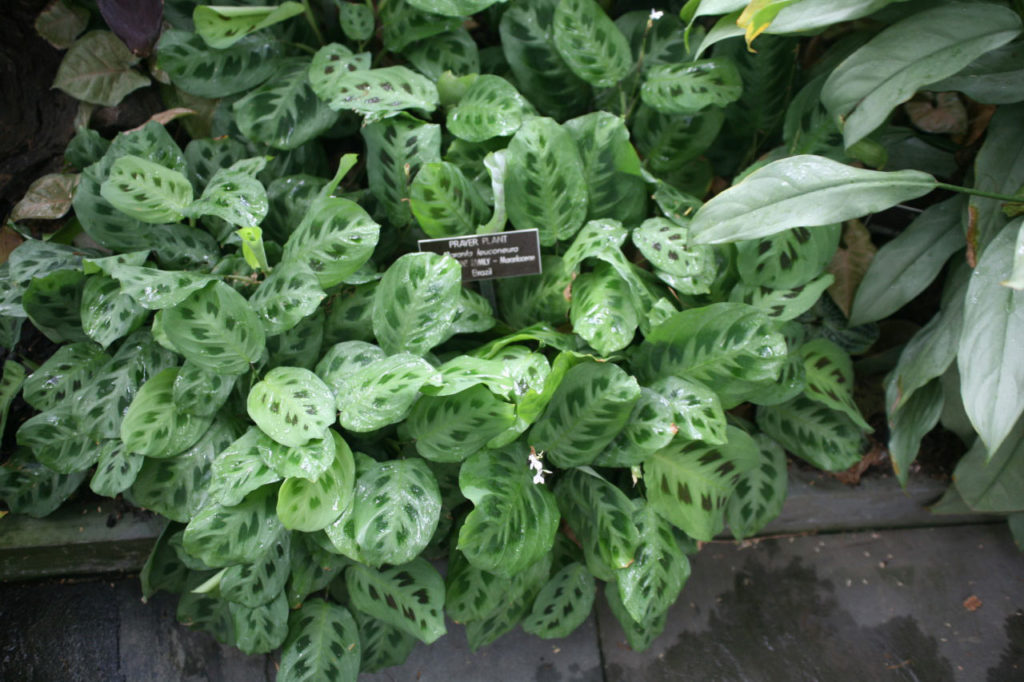
The cast iron plant gets its name from being almost impossible to kill in the house thus it is expected that this is one of the easiest plants on this list to take care of. They do not like direct light and love north facing windows especially. They love all soils that are well draining. These plants can easily take a few forgotten watering’s but typically like a lightly moist soil. Overwatering can cause root rot, so it is best to under-water than overwater. Let the soil dry a few inches down before watering again.
Tip: Fertilize once a month with an all-purpose liquid fertilizer during spring and summer after watering for a beautiful flourish.
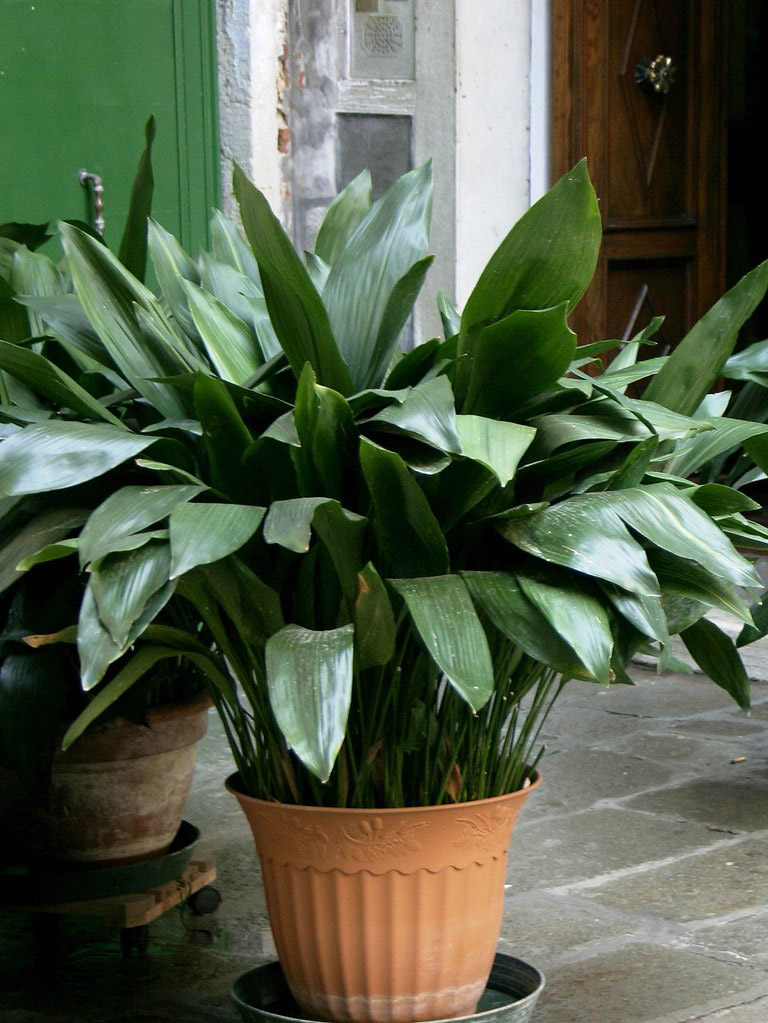
Bromeliads are very easy to care for and add a pop of color in any room. It is uniquely watered by filling up the cup at the base of the leaves and the water needs to be changed occasionally, to clean it of any bugs and to keep it fresh. These plants are epiphytic and like to cling to trees and things of that nature. Set the pot on a plate of pebbles covered in water to ensure a humid environment for the plant but be sure that the roots are not hanging into the water. More than anything, they don’t require soil and grow well with just the water you give them.
Tip: These plants only live for about a year or two.

The nerve plant can grow to about 3-6in tall and love partial shade as well as moist well-draining soil. This plant can be very dramatic and will collapse if its soil dries out too much, but when watered it will perk right up. Be sure to not water too much, just enough to keep the soil damp. These plants will benefit from a regular misting and thrive in temperatures from 60°-low 80°s but thrive in the 70° range. In its growing season, feed it weekly with a weak dose of liquid fertilizer specifically made for tropical plants.
Tip: Yellow leaves = too much water, Droopy leaves = too cold, dry, shriveled leaves = not enough humidity or too much sun.
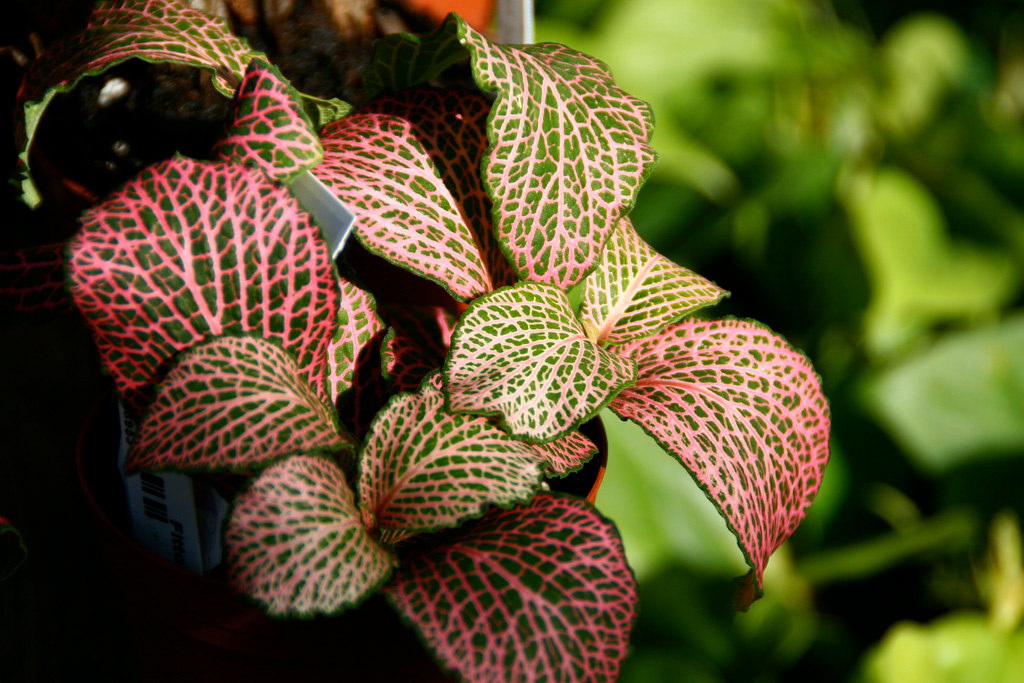
This plant is just a fan favorite. You should really get one. This is a sign.
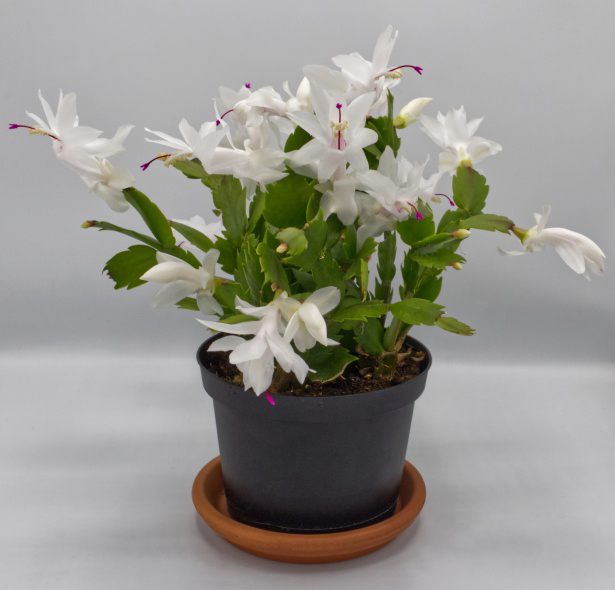
These plants can tolerate low light but prefer indirect light, thus placing it right in front of your north-facing window is best. For watering, be sure to water well but don’t let the soil become soggy and allow the soil to dry out in between waterings. This plant is a bit sensitive to the chemicals found in tap water so you can leave the water out overnight before watering or used filtered water. Mist your spider plant regularly to ensure it is getting the amount of humidity it needs.

East and west windows get direct sun in either the morning or evening so a plant that likes partial sun would be great for that specific window. Low light plants may get sunburned in this window and direct sun plants may not get enough light to their liking. Partial sun plants are the way to go in this situation or plants that prefer some direct light and indirect the rest of the day:
There are many different species of ferns, one of which was already covered in this list, but overall, these plants love a humid environment and benefit from a little bit of morning or evening sun. Keep them away from strong sun, direct light for too long will cause them to lose their leaves or turn yellow. Be sure to research your species of fern to give it the best care!

Fuchsias are a beautiful flower and they come in many varieties and colors. They like their soil to be moist but not soggy and thrive in humidity, be sure to mist the plant regularly. In winter you may want to run a humidifier to keep the humidity up, it can be beneficial to you as well, you beautiful flower. During their blooming season they get very hungry and require fertilizer regularly with a diluted liquid fertilizer. The plant should be potted on a 12–16 inch pot and they can grow 1-2 feet tall. Be sure the plant has enough drainage as the plant is susceptible to root rot.
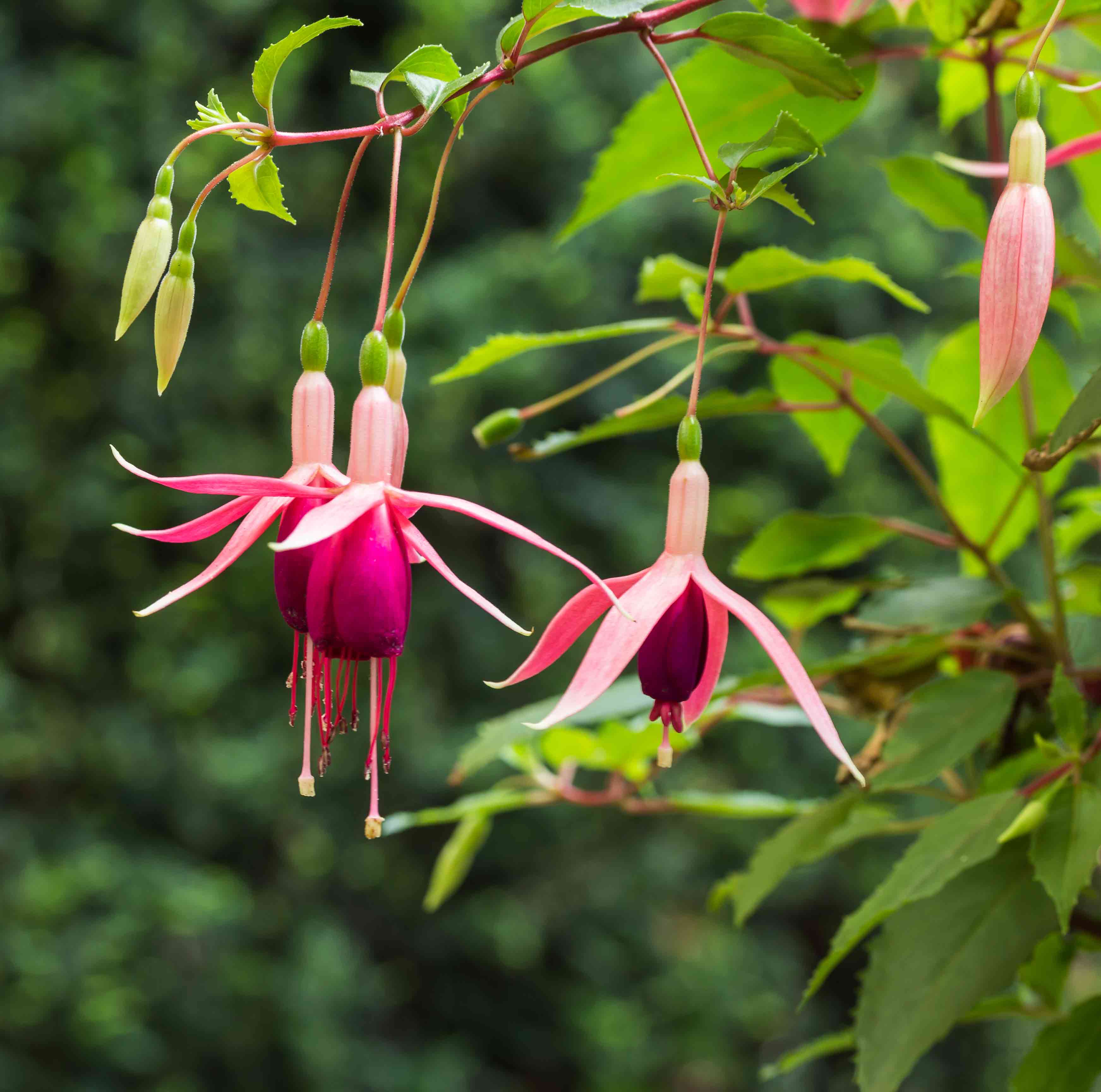
Persian shields need bright light to keep their color but not too much direct light. The less water it gets the more shade so keep the soil moist but not wet. When watering, ensure the water is room temperature as cold water can create spots on the leaves.
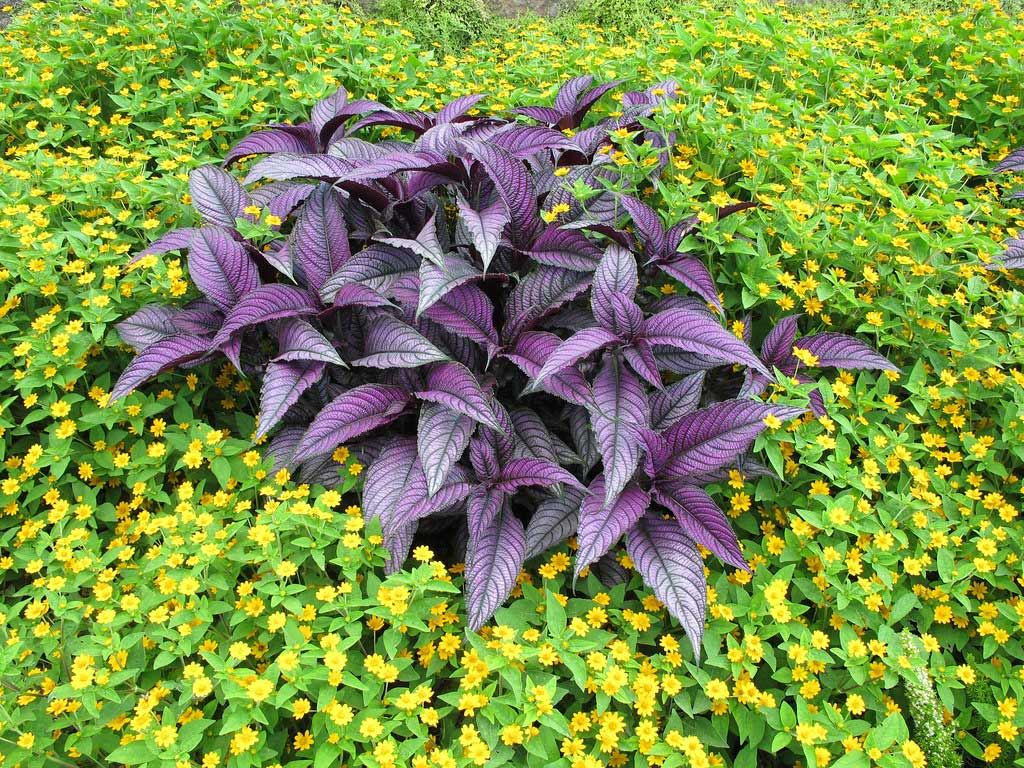
Dichondra tend to spread outwards instead of up and are a cute add to an area of your home that may not have a lot of space. It needs a lot of sun but can live in partial shade so is best close to the window. Dichondra need very well draining soil to be happy and have a very good drought tolerance and overwatering can easily kill your plant. A good indicator of when to water is if the top inch of soil is dry.

Creeping Jenny is an invasive breed in some areas and may not be available in stores. You also shouldn’t plant this plant outside because it is an invasive type. It is best as a hanging plant and its leaves will be different colors based on its sun exposure. Creeping Jenny like moist soil so don’t let the soil dry out and it is okay to over water as they grow along riverbanks.
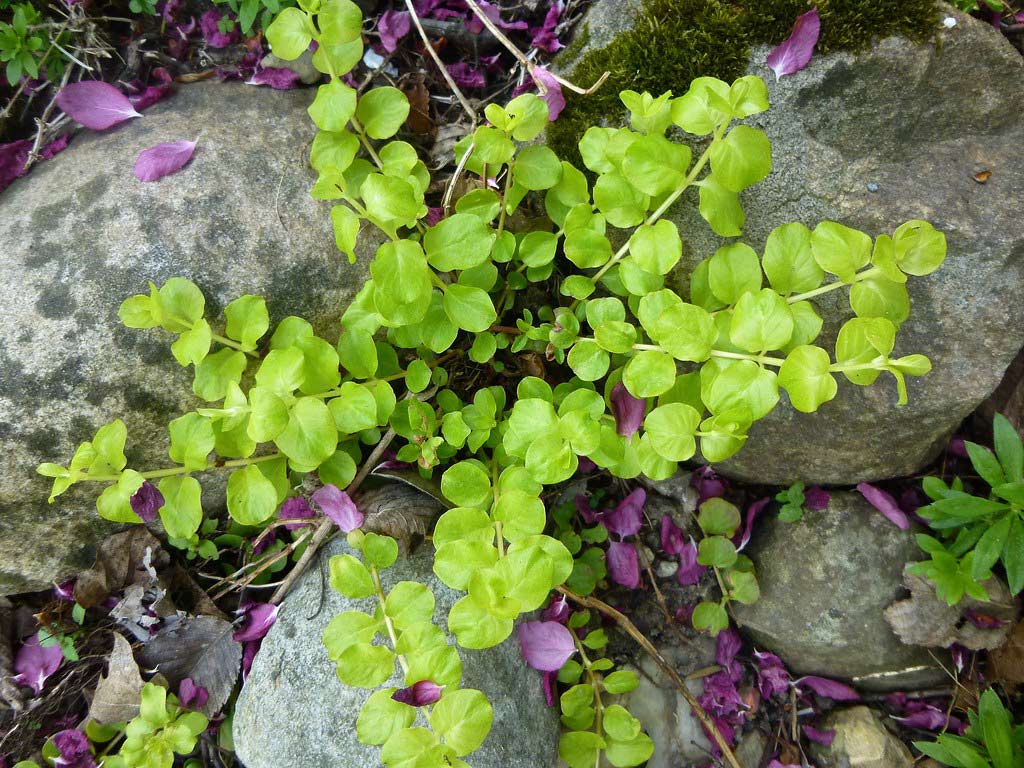
If you’re looking to get the benefits of natural light in your home and upgrade your windows to get the plants you desire, please contact us at 1-800-CALL-AWS and schedule your free in-home estimate. Make your home look beautiful and colorful all seasons.
Written by: Tabatha Karlowicz

The Importance of Siding: Exploring the Best Home Improvement Choice Discover why siding is a crucial aspect of your home’s well-being and explore the top choice for enhancing your residence….

Must Haves and Essentials For Your Bathroom Have you ever wanted to spruce up your bathroom or make it easier to do your daily routines? If you answered yes to…

From Lackluster to Luxurious: Transforming Your Bathroom Aesthetics Does your bathroom need a makeover? Fed up with leaks and endless fixes? Ever wish your bathroom could feel a bit more…

Catios, or cat patios, have gained immense popularity among cat owners who want to provide their feline companions with a safe and enriching outdoor experience. When building a catio, selecting…



If you want the best Vinyl Replacement Windows for your home in Connecticut or Western Massachusetts, contact us today at 1-800-CALL-AWS to schedule your free in-home estimate!




